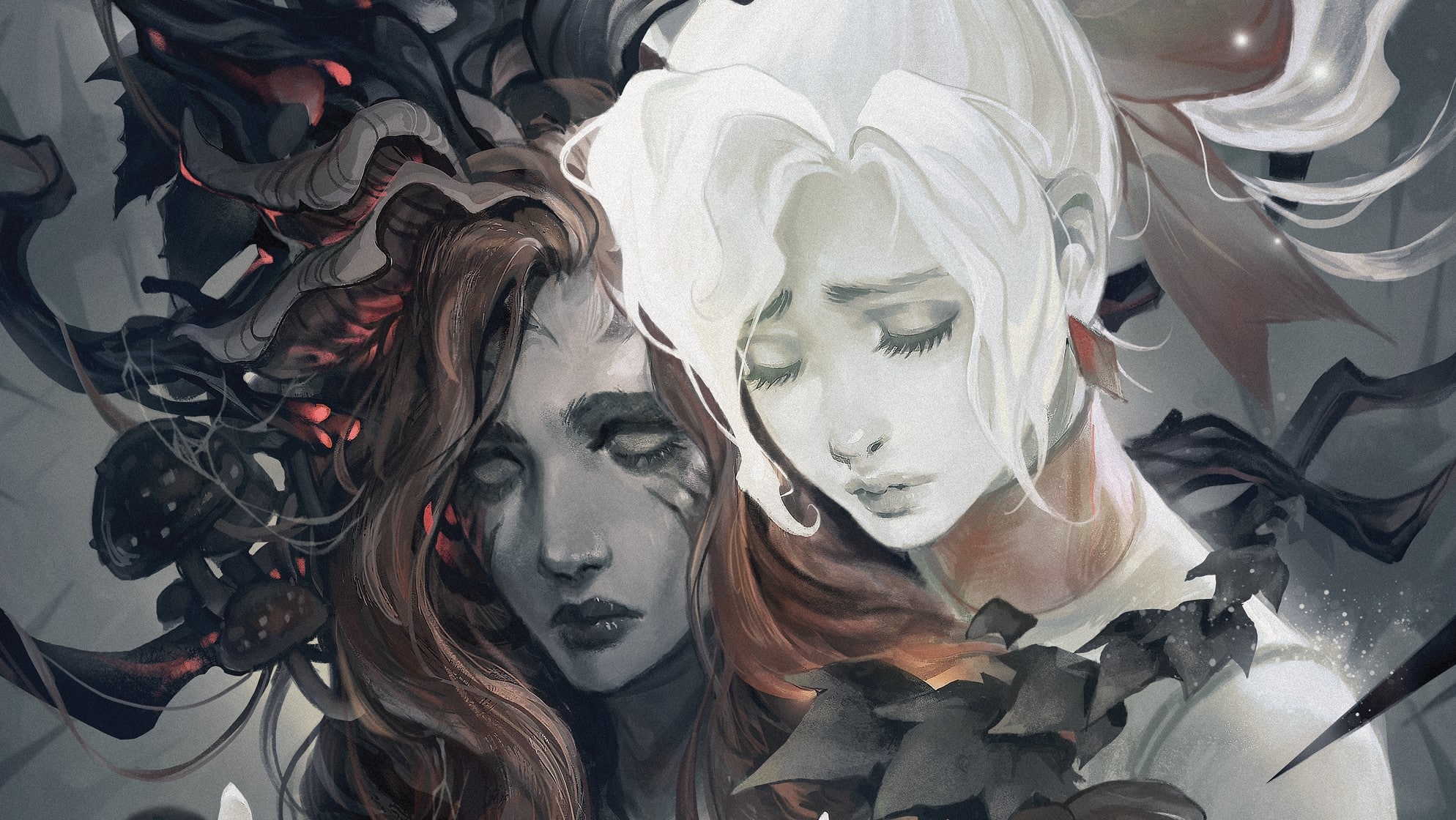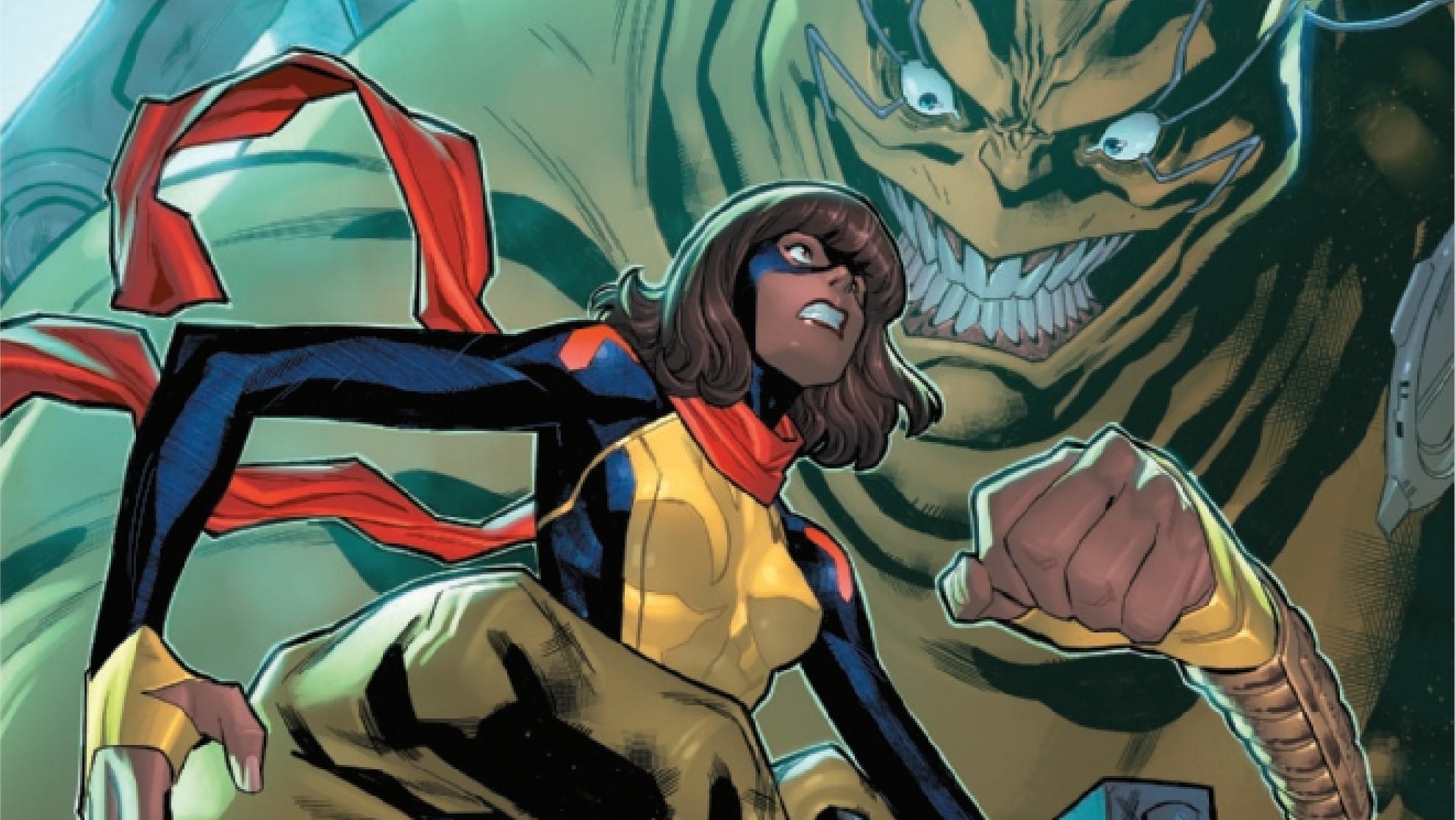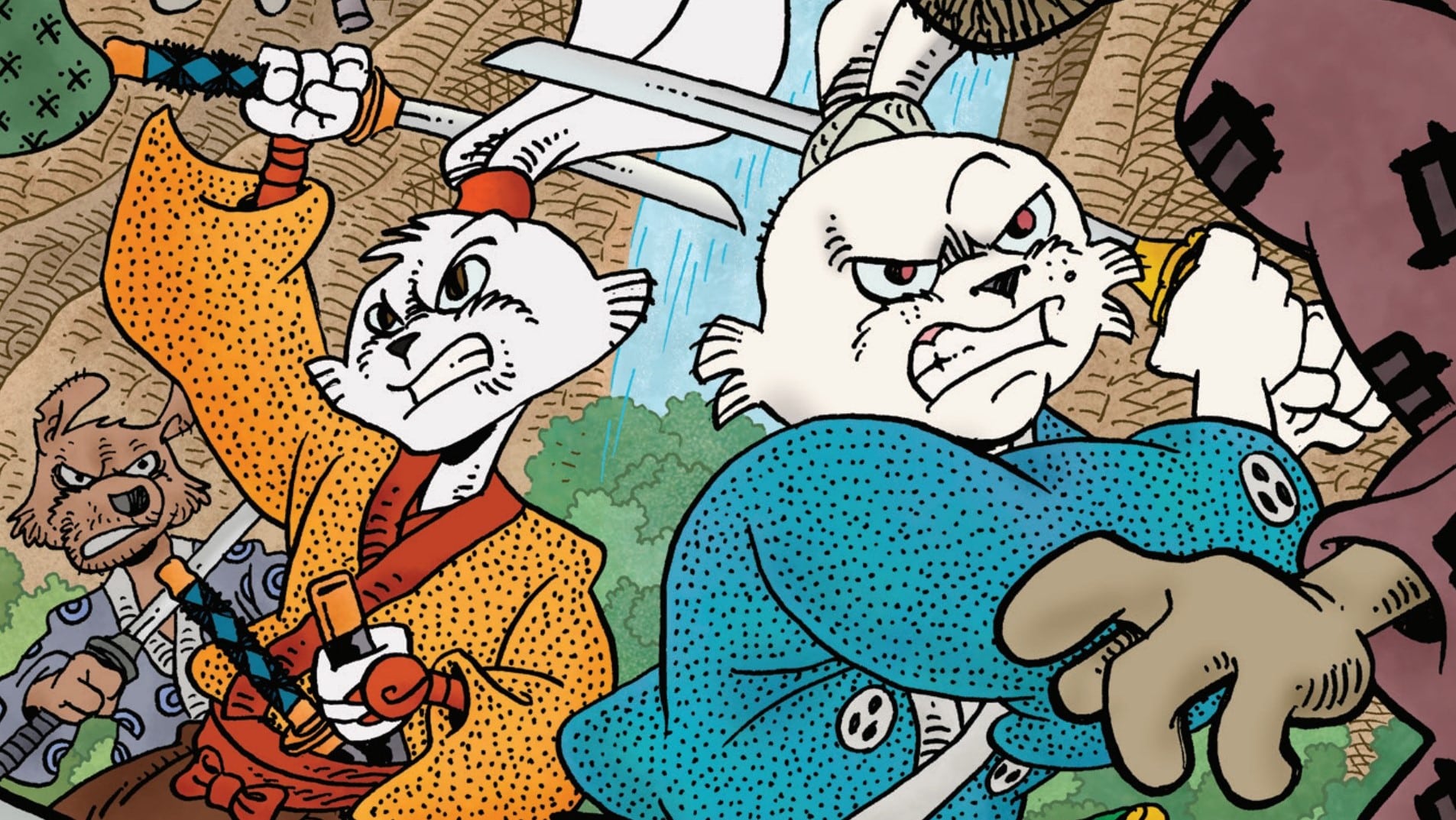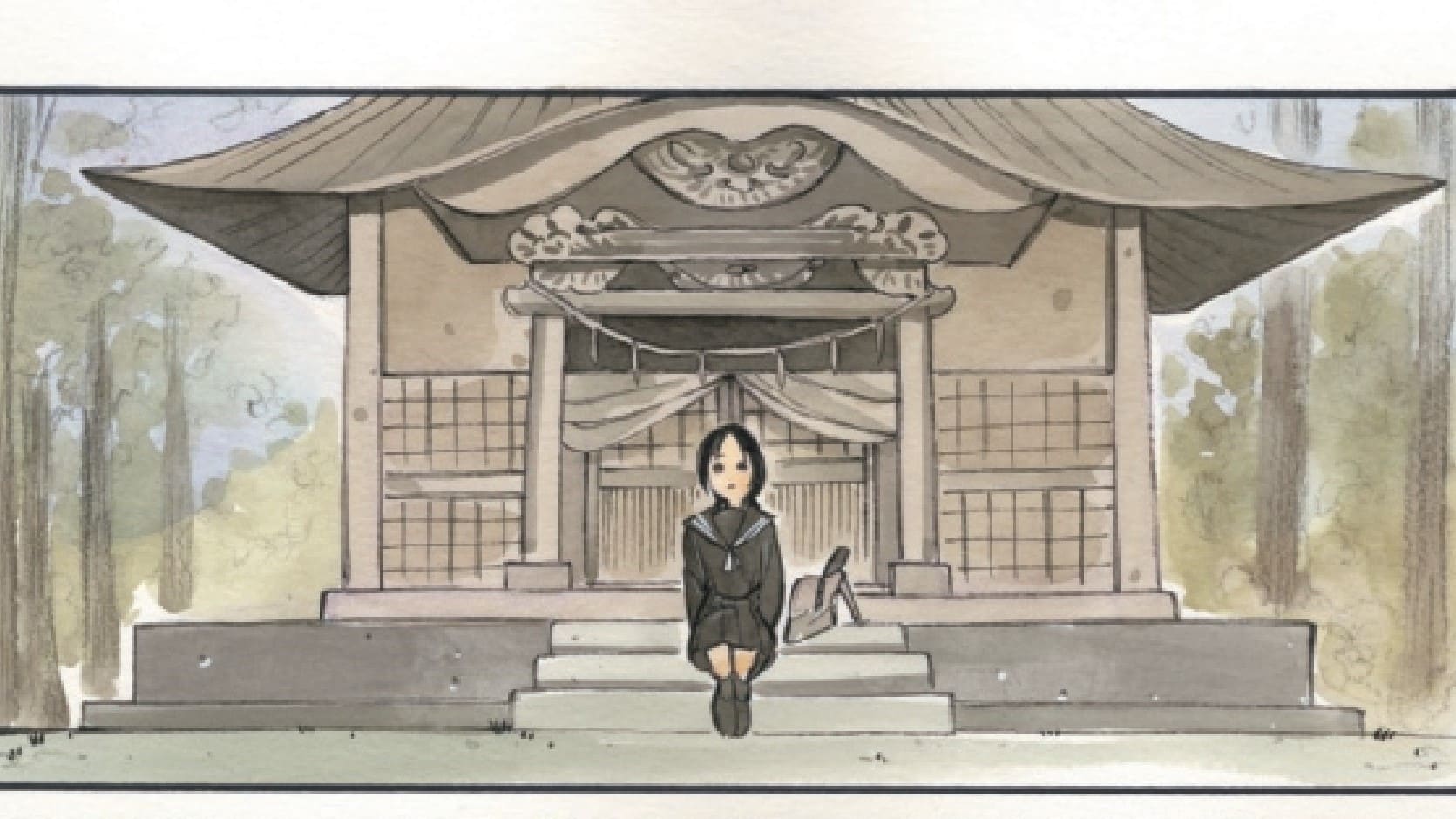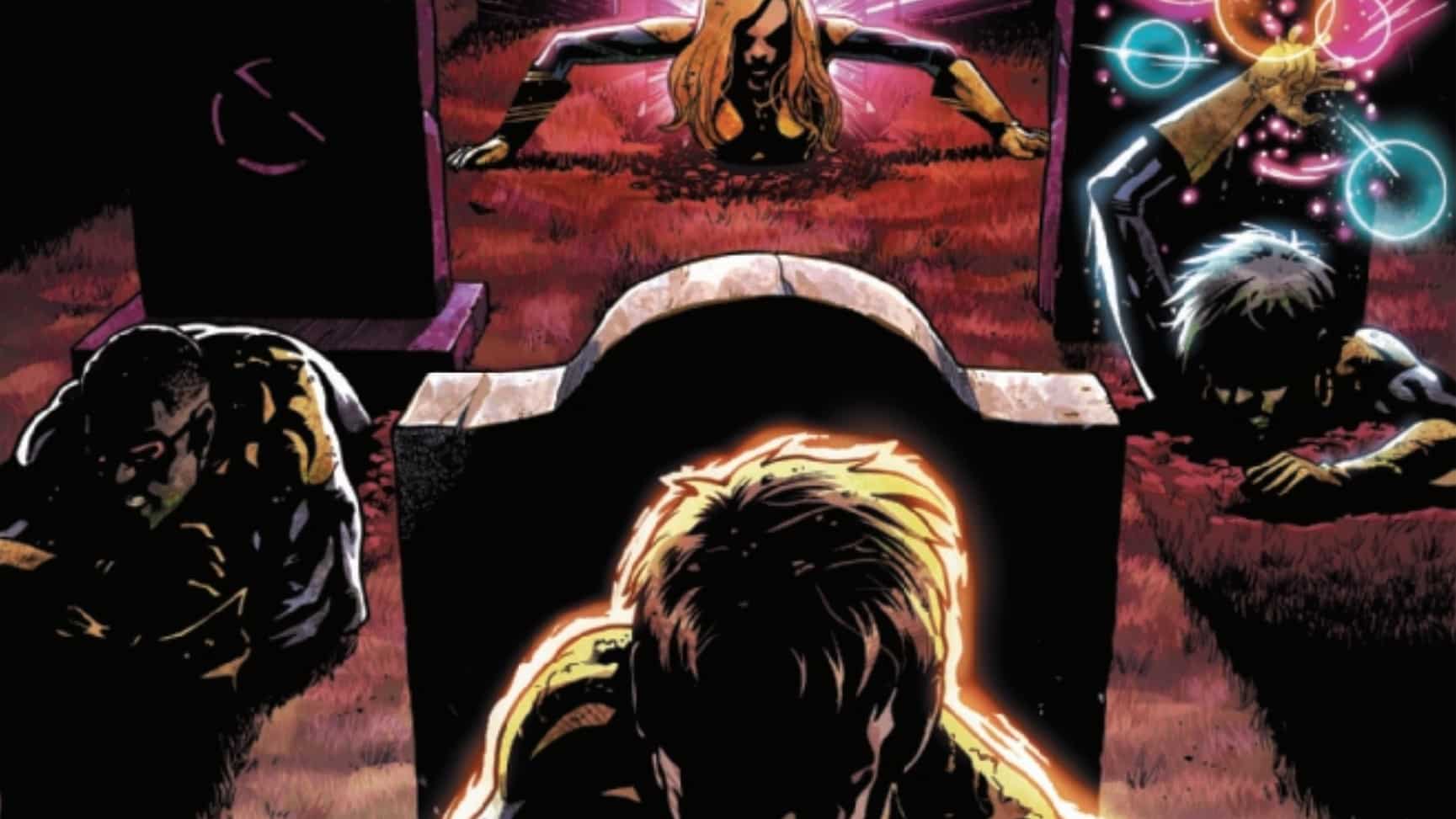Poison Ivy spends a lot of time plotting murder. That’s not what she loves doing best though, and for once, Ivy gets the chance to do what truly makes her happy in Poison Ivy #3, written by G. Willow Wilson, drawn by Marcio Takara, colored by Arif Prianto and lettered by Hassan Otsmane-Elhaou.
Nothing numbs you quite like the prolonged feeling that you haven’t done enough. That no matter how hard you’re working, you’ve already failed, that you’re continuing to fail, that your actions will never live up to your ambitions. When you have a vision of what you believe to be your best self, a self that’s been denied to you, and nothing you do can ever equal the things that that version of you would no doubt be accomplishing.
There are spikes of rage, of grief, of fear, but really, it feels like the best days are the ones where you manage to feel nothing at all. You know there is a part of you that is, technically, capable of feeling joy, but you’re working very hard to cut yourself off from that — you don’t deserve to feel joy, not if you’re still failing to live up to the standards of what you’ve told yourself is your best self.
If you’re lucky though, sometimes life finds a way to trick you into simple, honest work that makes you feel like yourself again. Into feeling not like some ill-conceived ideal of yourself, but a past self, who felt joy, and passion, and had a sense of purpose that was fueled by more than just shame, misplaced rage and guilt. Poison Ivy #3 sees Ivy tricked into that very thing, and though she remains undeterred from her ultimate plan, there is a seed planted here — a seed of hope, something that can hopefully crack through the nihilism that’s hardening around Ivy’s heart.
Ivy begins this issue lost in a dream. She floats. No pressure, one way or the other. Nothing to do. No civilizations to end. Just the Green, and the dream of the only human she cares to love. Once again, we’re reminded that there’s a part of Ivy that wants to die — and it’s ironic that the thing that wakes her from this dream conversation is that she feels the spores inside her, trying to kill her. Ivy’s clearly still got a strong fight response — as much as she may dream of death, she’s not going to go out on anyone’s terms but her own.

I want to draw attention to the coloring here. There’s a definite shift from the vivid greens and flaming fungal oranges that fill Ivy’s dreams to the more drab conditions of her motel room — but it’s not stark. There’s a lot of daylight being put to good use here, and between that and the dreamy reds of Ivy’s hair, while the scene jerks Ivy awake … the feel of the dream isn’t entirely gone. Throughout this series, Ivy’s dreams, hallucinations and memories keep bleeding into her waking world, and the feel of that never quite goes away.
Most of this issue sees Ivy earn a little discount on her hotel stay by rolling up her sleeves and helping to restore a trashed and cluttered yard. Until the very end of the book, she uses no powers to accomplish this, no secretly prepared serums, no magic seedlings hidden about her person. Simple yard work in the hot sun, purchasing plants from a store, a little heavy lifting and lunch.
To have Poison Ivy in your story is to make plants a deadly thing, be they poisons, giant venus flytraps or powerful vines bursting from the ground. There is a charm to greenery that Poison Ivy stories tend to ignore, though — a well put together garden well lit by sunlight can do wonders for the soul, and Ivy’s is no exception.
It’s a pleasant break. A dream, almost, one that Ivy is again jolted awake from when her yard work helper, Carrie, nearly touches her, which would have led to Carrie being infected by Ivy’s spores. Just like Ivy awoke from one dream being reminded that she doesn’t want to die, here she’s woken from one by being reminded that there are other people she doesn’t want to die. Ivy’s got a lot of rhetoric justifying her choice to kill everyone in the world, but the reality of the situation is that she’s been working very hard to ignore the reality of the situation. That there are some people worth saving … and some things in life worth living for.
The dark realities of the situation come crawling back in. The disease she’s started is spreading. The strangeness that’s been stalking her makes an attack in a monstrous creature of enraged green and thorny teeth. Ivy leaves the hotel behind and goes undercover at a company that’s apparently the next step in her genocidal plan. There’s a coldness in the end to the captions that make up Ivy’s letter to Harley — the death of the human race is still on. With one last panel of the backyard garden, though, now in the gorgeous swirl of a full bloom, we’re reminded of what Poison Ivy does best: make death look incredibly alluring.
This was a joy of an issue. We rarely get to see what brings comics characters their simple pleasures, and Ivy’s was a true delight. We even get a truly iconic panel out of the issue. To just see her relax, have fun, share in a good time with a companion and the playful lettering of their conversations — this issue was healing. The darkness never quite leaves, and Ivy’s doomed path is undeterred, but this issue humanizes her in a way we rarely get to see. This remains a beautiful series … and the feel of it lingers, long after you’ve put it down.
Armaan is obsessed with the way stories are told. From video games to theater, TTRPGs to comics, he has written for, and about, them all. He will not stop, actually; believe us, we've tried.

